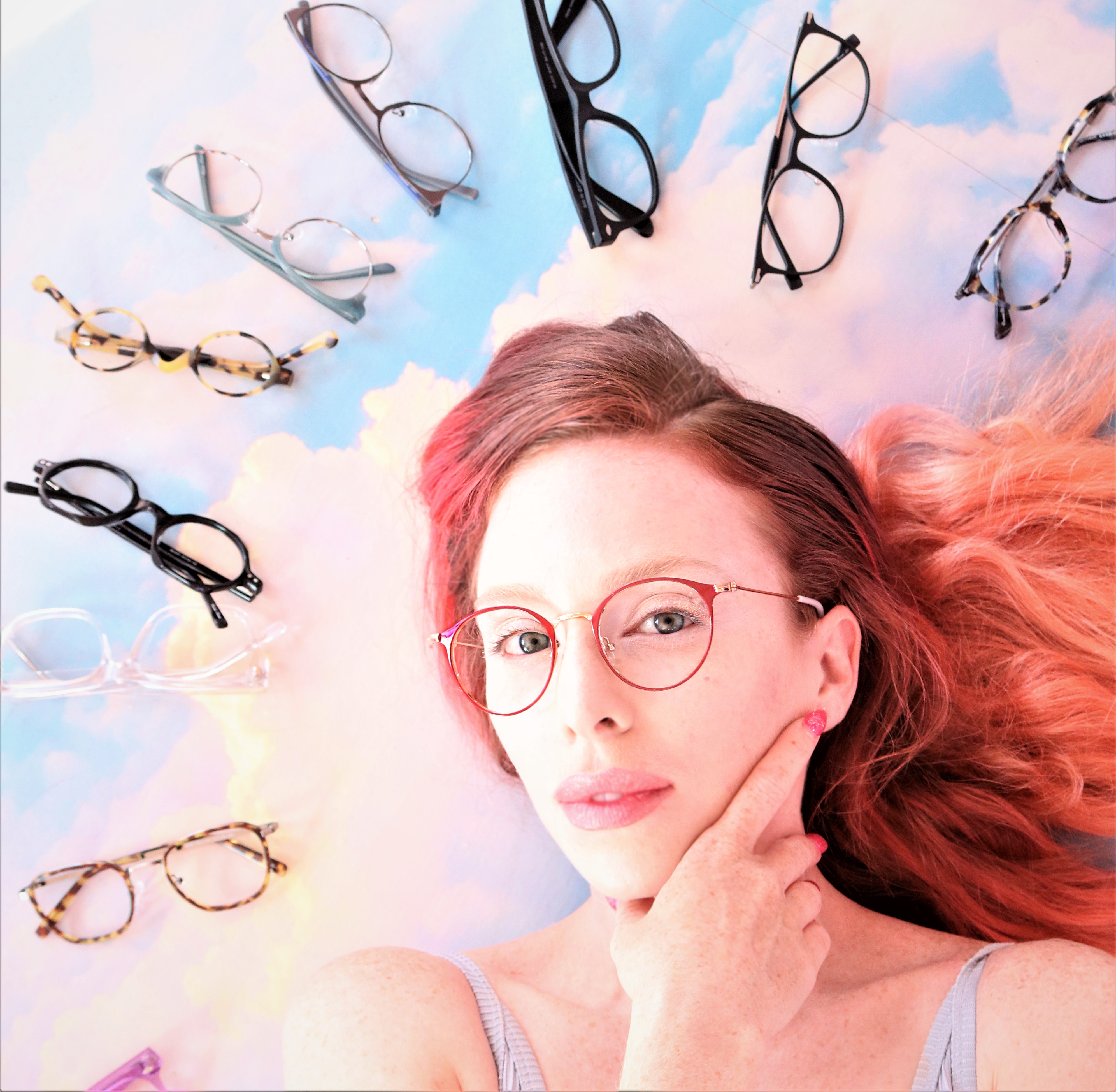Posted by Alena on 4th Aug 2022
How To Collect Your Geek Eyewear by Color | What Does Each Color Mean
Collect Your Geek Eyewear by Color.
Red can help push people to make decisions faster. Almost every fast food brand has red in its color palette, because red elicits a physical response; it makes people hungrier and stimulates the appetite. Similarly, companies often choose red to announce a sale because it brings urgency to the message.
Orange
Orange is bright and full of energy. Happy, playful, fun, powerful, and attention-grabbing are all attributes that you can infuse into your brand or message with the color orange. A lot of tech brands use orange, possibly because it channels the optimism and youthful energy a tech startup might want to convey.
Yellow
Yellow connotes cheerfulness and adds a pop of refreshment to your palette. “It’s a very strong color and really draws the eye, so I use it sparingly as an accent color most of the time,” says Ackerman. Like red, it can also act as a siren for alerts and bold, informational messages.
Black
Black is a power color that adds gravity and strength to your message. Used sparingly, black can help your design look polished and minimal. Black backgrounds are an increasingly popular color choice in web design, but be careful that it doesn’t make your interface too dark and heavy.
There are certainly occasions where a bold splash of black tells your story like no other can. If you need to add an edge to your design, or a sophisticated and serious tone, black is a classic that can’t be beat.
Pink
“A lot of brands that are geared toward feminine audiences use pink,” says Ackerman. By turns nurturing and playful, pink is a powerful color that often makes people think of passion, love, and youth. An intense hot pink packs more urgency, while a minimal, dusty pink is more calming and neutral.
Pink is a great example of how color meaning can change with society over time. Once thought of as a “boy” color, pink is now largely associated with femininity.
White
White often symbolizes simplicity, purity, and cleanliness. Often used to give contrast to your designs, white provides a clean, neutral slate that keeps you from crowding your design too much. “It’s there to give breathing room to other elements and to be a background to showcase something you want to bring more attention to,” says Ackerman.
Brown
Neutral and natural, brown “has some warmth to it and a feeling of security,” says Ackerman. It’s a very earthy color that will effortlessly evoke elements from the natural world. If you’re going for an organic, wholesome feel, brown is an excellent color to include in your palette.
Gray
A true neutral shade, gray is almost always used as a secondary color or accent. It can be used to temper or complement any color, or to serve as a quiet background. Try not to block out your design in all gray, as that can tip the balance from neutral to dreary and boring.

